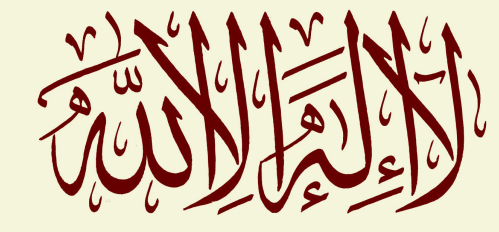Philosophy of Religion in Islam: A Reader of Classical Sources
Short Biographies of the Authors of the Selected Texts
Abū Bakr al-Rāzī (Rhazes or Rhasis) (d. 313/925) was an Islamic thinker who, emulating the example of the Hellenistic physician and philosopher Galen (d. c. 216 CE), became competent first in medicine and then in philosophy to the extent that he earned the title “the Galen of the Arabs.” Like Galen, he reflected his experience in the experimental field to his views on metaphysics and natural philosophy and was therefore accused of deism (heresy). In his work al-Ṭibb al-rūḥānī (Spiritual Medicine), in which he interpreted ethics as “the treatment of the soul,” he presented an ethical thought that focused on the treatment of vices. His thoughts on the fear of death and grief in this work contain the manifestations of his Epicurean understanding of pleasure, and in this respect, it represents a different approach to the issue of death among the schools of Islamic thought.
Abū Ḥātim al-Rāzī (d. 322/933–4) is one of the leading figures who systematized the theological views of the Ismāʿīlī branch of Shīʿism. He made great efforts to spread the Ismāʿīlī cause, especially through his activities in the region of Ray. In his work Aʿlām al-nubuwwa (Te Sings of Prophethood), he aimed to show the necessity of prophethood and the inadequacy of reason in obtaining the truth against the philosopher Abū Bakr al-Rāzī (d. 313/925).
Al-Ālūsī (d. 1270/1854) is an exegete known for his exegesis Rūḥ al-maʿānī (Te Spirit of Meanings). Although Rūḥ al-maʿānī is often perceived as one of the important texts of allusive (ishārī) exegesis, al-Ālūsī’s main contribution to the science of interpretation of the Qurʾān with this exegesis is his powerful summarization of the commentary-super commentary (sharḥ-ḥāshiya) literature. The issues that we encounter in approximately 80 super commentaries on al-Kashshāf (The Revealer) and 400 super commentaries on Anwār al-tanzīl (The Lights of Revelation), the majority of which were written during the Ottoman period, were largely revised by al-Ālūsī on the axis of rhetoric and subjected to a critical evaluation in accordance with his critical approach (taḥqīq).
